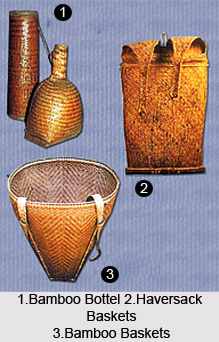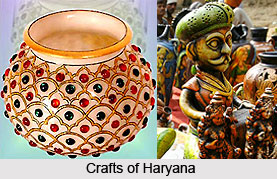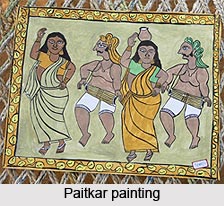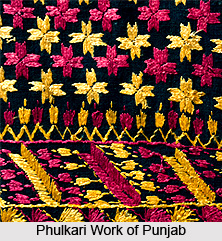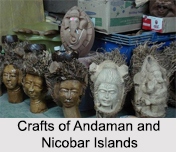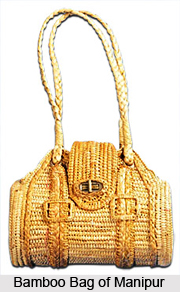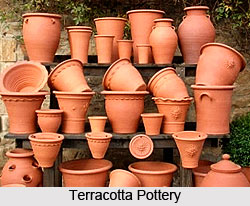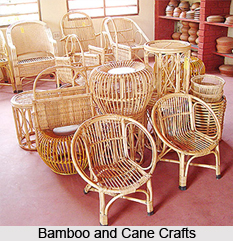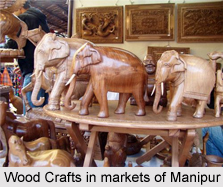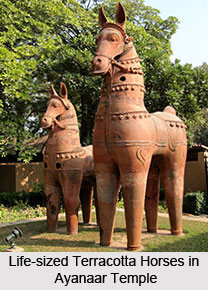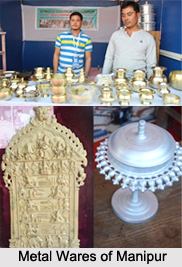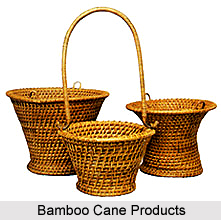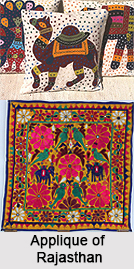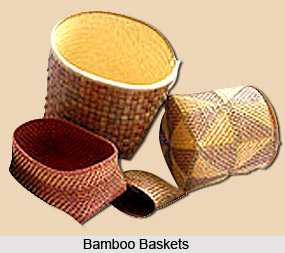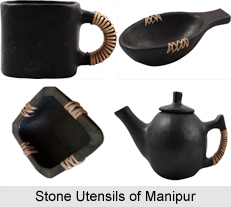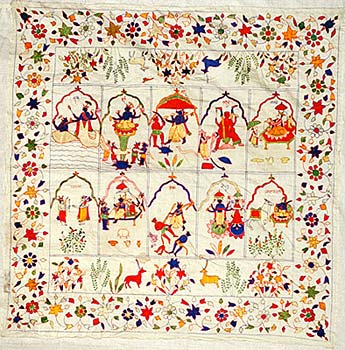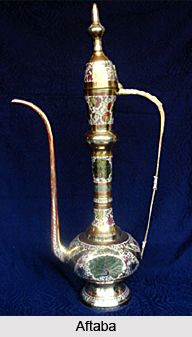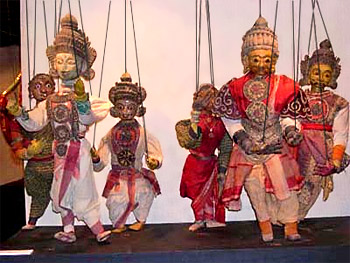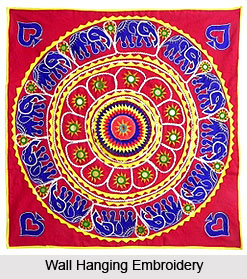 Embroidery of Andhra Pradesh has a rich cultural heritage and the artisans of this state have a distinct style of craftsmanship that makes the items discernable.
Embroidery of Andhra Pradesh has a rich cultural heritage and the artisans of this state have a distinct style of craftsmanship that makes the items discernable.
Embroidery of Andhra Pradesh is known as one of the most innovative and vibrant creation of the local artisans. One of the most famous embroidery of this state is Bead embroidery. This embroidery is done on the fabrics to beautify the garments and clothes using bright and colourful beads. The main idea behind the bead embroidery is to make the mundane and common fabric look fancy and unique. The local artisans are engaged in this embroidery work of Andhra Pradesh since antiquity when precious and semi precious stones were used to beautify the garments of the kings and queens. The bead embroidery is mainly done on fine saris and blouse pieces, salwar kameez and other items. Jangaon in Andhra Pradesh is well known for bead embroidery work. The bead embroidery is done in all over the base material. The embroidery is done using designs such as floral patterns, geometric patterns and other beautiful designs. Andhra Pradesh is one of the major centres of this particular embroidery work along with other states.
Embroidery of Andhra Pradesh include Banjara embroidery which is well known for exclusive usage of cowry shells, coins, cotton and woolen tassels leaden with lead, glass beads and mirror. The Banjara women of Andhra Pradesh bedeck themselves with gaghras, cholis and odhnis which are ornamented in bold appliqué and mirror work. A village in Andhra Pradesh, Jalgaon, produces beautiful work made up of squares and rectangles of cross and stems stitch. These embroidery works are distinguishable for their rustic tone and the simplicity of the soil that reflect on the creations. The artisans make designs that are of either geometric or angularly zoomorphic pattern including quilting stitches. The most common items of this embroidery are the square, tasselled rumals (kerchiefs) edged with cowries, which are used for presentations at ceremonies and in ceremonial dances; purses (batua) for money or areca nuts; and cholis, gaghras , odhnis etc. The embroidery works of the Banjaras are done on brown or sometimes on blue cloth.
The embroidery of Andhra Pradesh stands unique for the quality usage of raw material and the patterns that are predominantly originated and created by the local artisans. The craftsmen sometimes use intricate designs keeping in mind the demand of the modern trade market.
